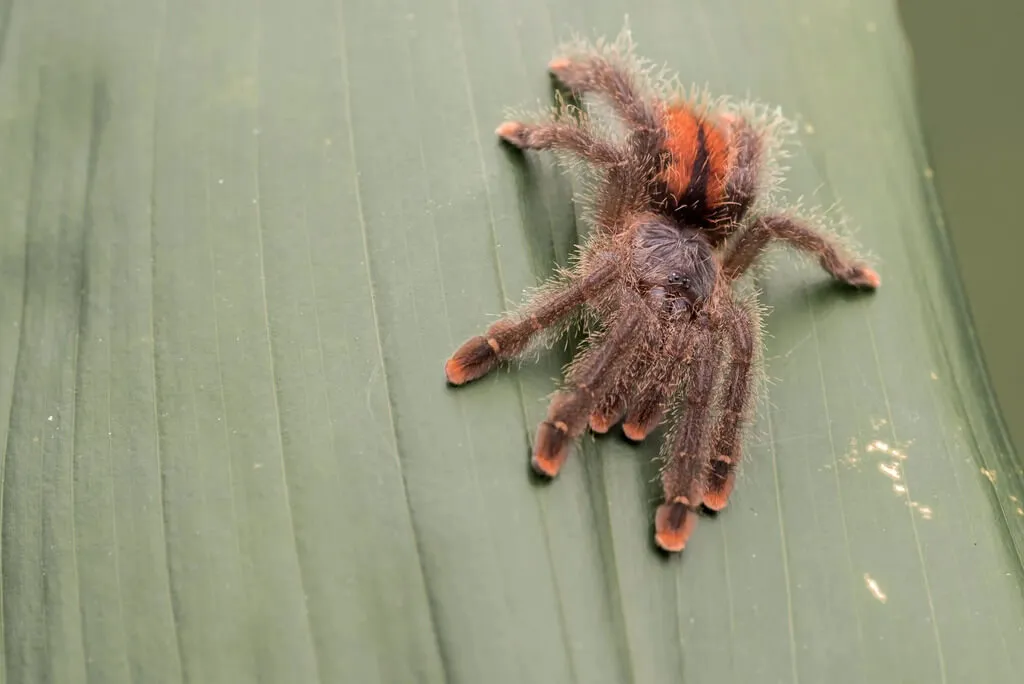Understanding the Pink Toe Tarantula (Caribena versicolor)
The Pink Toe Tarantula, scientifically known as Caribena versicolor, is a captivating arboreal species increasingly popular among pet enthusiasts. Native to the Caribbean islands, these spiders are admired for their striking appearance and relatively manageable care requirements, making them suitable for both novice and experienced tarantula keepers. This guide aims to provide comprehensive information on all aspects of caring for a Pink Toe Tarantula, from setting up their enclosure to understanding their unique needs and behaviors. Understanding their natural habitat and characteristics is the first step toward providing the best possible care and ensuring the well-being of your pet.
Origin and Habitat of Pink Toe Tarantulas
Pink Toe Tarantulas originate from the lush rainforests of the Caribbean islands, including Martinique and Guadeloupe. In their natural habitat, they are arboreal, meaning they live primarily in trees, utilizing their strong claws to grip branches and foliage. The warm, humid environment of these islands provides the ideal conditions for these spiders to thrive. Understanding their origin is crucial because it informs the specific environmental conditions you need to replicate in their enclosure. They build webs in trees and shrubs, creating a safe haven to ambush their prey. The rich biodiversity of their native habitat also influences their dietary needs, which should be considered when feeding your pet Pink Toe Tarantula.
What Makes Pink Toe Tarantulas Unique
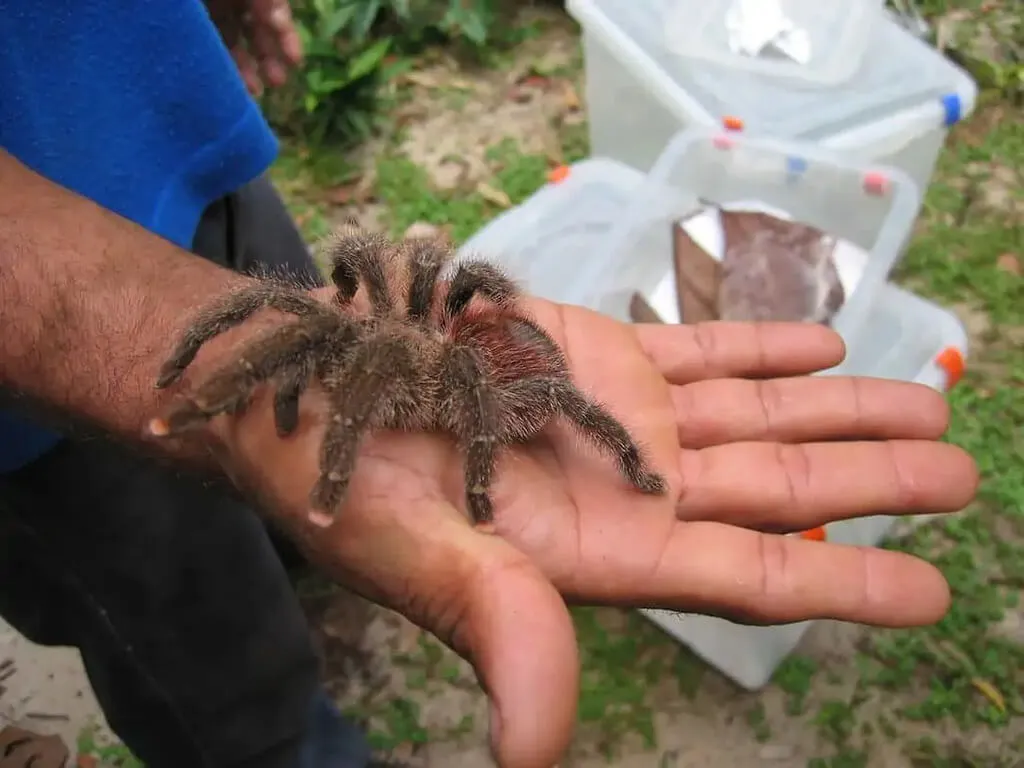
Pink Toe Tarantulas stand out due to their stunning appearance and docile temperament, making them attractive pets. Their namesake, the pink tips of their feet, contrasts beautifully with their iridescent blue, green, and purple coloration, especially noticeable in younger specimens. Their arboreal lifestyle means they prefer to climb and web, adding an interesting dynamic to their behavior compared to ground-dwelling tarantulas. Furthermore, Pink Toe Tarantulas are generally less prone to biting and are less defensive than some other species, contributing to their popularity as pets. Observing their behavior, such as web-spinning and feeding habits, adds to the enjoyment of keeping these fascinating creatures.
Essential Enclosure Setup
Creating the right environment is critical for the health and well-being of your Pink Toe Tarantula. The enclosure should mimic their natural habitat, providing adequate space, ventilation, and appropriate temperature and humidity levels. A well-designed enclosure will not only meet the tarantula’s physical needs but also provide enrichment and security, contributing to its overall health and longevity. The setup should be secure to prevent escape, aesthetically pleasing for you to observe your pet, and easily accessible for maintenance and cleaning. With the right setup, you can ensure your Pink Toe Tarantula lives a long and healthy life.
Choosing the Right Tank
Select a tank that is appropriate for the size of your Pink Toe Tarantula. As arboreal species, they require more vertical space than horizontal space. A good starting point is an enclosure that’s at least three times the tarantula’s leg span in width and height. Glass or acrylic enclosures are suitable, offering good visibility. Ensure the enclosure has a secure lid to prevent escape and is constructed with materials that are easy to clean and maintain. As the tarantula grows, you will need to upgrade its enclosure to provide adequate space and prevent stress. This vertical space will allow the tarantula to web and feel secure.
Substrate Selection and Depth
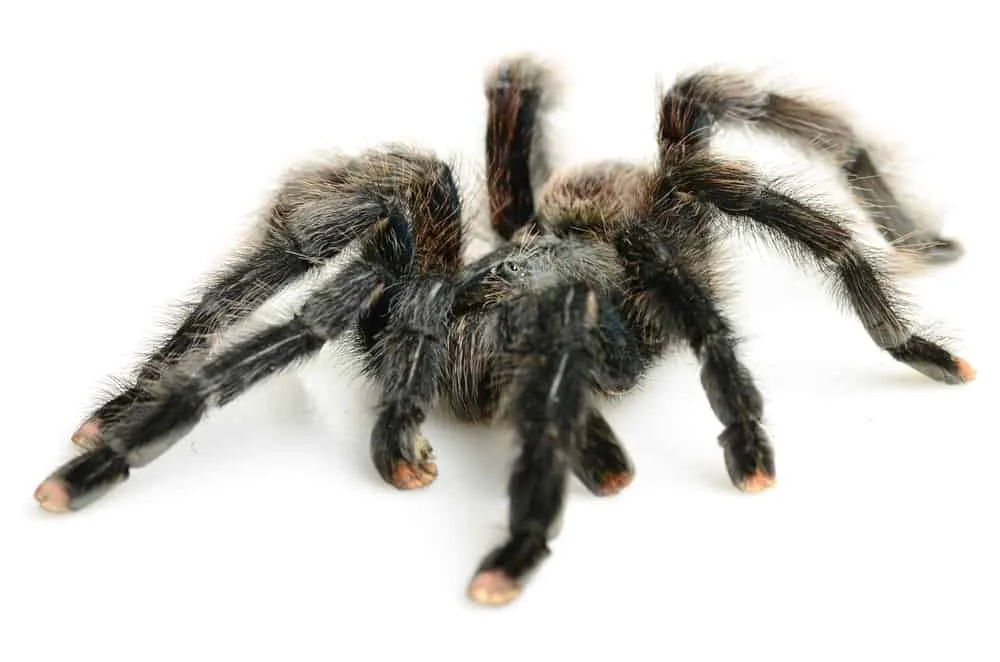
The substrate, or bedding, should be chosen to maintain humidity and provide a comfortable environment. A mixture of coconut fiber, sphagnum moss, and a small amount of vermiculite works well. These materials retain moisture without being too soggy and are safe for your tarantula. The substrate should be deep enough to allow the tarantula to burrow and build webs, typically 2-3 inches. Avoid substrates that can be harmful if ingested or that break down quickly. Regular replacement of the substrate helps prevent the buildup of mold and bacteria, which is crucial for the tarantula’s health. The correct substrate supports the arboreal lifestyle, allowing the tarantula to feel safe and secure.
Providing Adequate Ventilation
Good ventilation is crucial to prevent the buildup of mold and maintain air quality in the enclosure. While you need to maintain humidity, you also need to allow for air circulation. The enclosure should have cross-ventilation, with vents on both the top and sides. Avoid blocking the vents. Insufficient ventilation can lead to respiratory problems for your tarantula. Ensure the enclosure setup allows for air to circulate effectively. The balance between humidity and ventilation is key to creating a healthy environment for your pet.
Temperature and Humidity Requirements
Maintaining the correct temperature and humidity levels is vital to the health of your Pink Toe Tarantula. These factors directly impact their metabolism, molting process, and overall well-being. Regularly monitoring and adjusting the environmental conditions will ensure your tarantula thrives. Temperature and humidity control are crucial to provide a comfortable and healthy habitat, which is necessary for their survival.
Heating Your Pink Toe Tarantula’s Enclosure
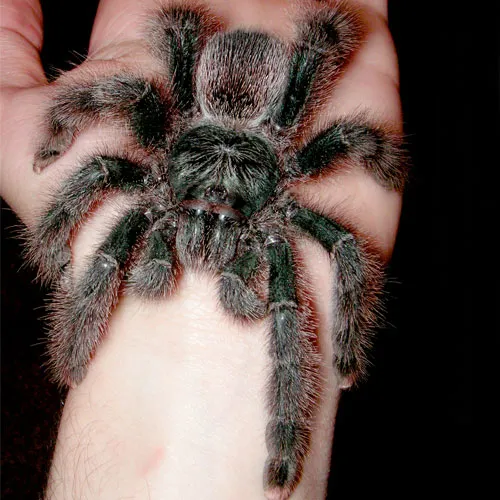
The ideal temperature for a Pink Toe Tarantula ranges from 75°F to 85°F (24°C to 29°C). Use a heat source, such as a low-wattage heat lamp or a heat mat placed on the side of the enclosure, to maintain this temperature. Avoid placing the heat source directly inside the enclosure as it can be a burn hazard. Monitor the temperature with a thermometer to ensure consistent conditions. Ensure the heat source is regulated to prevent overheating, which can be fatal. The correct temperature range supports the tarantula’s metabolism and allows it to thrive.
Maintaining Humidity Levels
Pink Toe Tarantulas require a humidity level of 70-80%. Use a hygrometer to monitor the humidity levels accurately. To maintain humidity, mist the enclosure with dechlorinated water 2-3 times a week, focusing on one side of the enclosure to create a moisture gradient. Ensure the enclosure has adequate ventilation to prevent the buildup of mold, which thrives in high humidity. Regularly check for condensation and adjust misting frequency as needed. Proper humidity promotes healthy molting and overall well-being.
Feeding Your Pink Toe Tarantula
Proper feeding is crucial for the growth and health of your Pink Toe Tarantula. Providing the right type and size of food, along with an appropriate feeding schedule, will help ensure your tarantula receives adequate nutrition. This will help the tarantula develop properly and maintain its energy levels. Regular feeding is critical, but overfeeding should be avoided to prevent health issues. Understanding the feeding habits of your Pink Toe Tarantula will contribute significantly to their overall well-being.
What to Feed a Pink Toe Tarantula
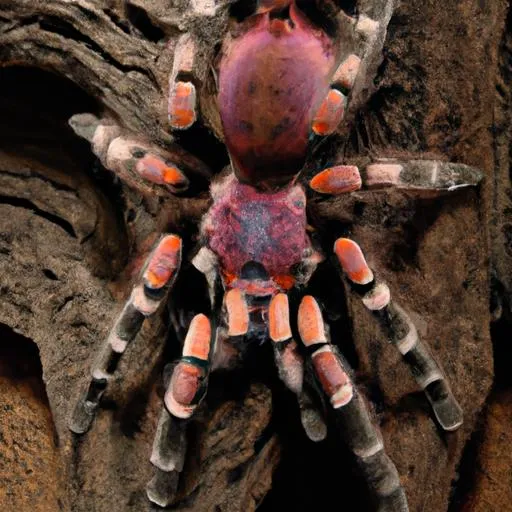
Pink Toe Tarantulas are insectivores, meaning they primarily eat insects. Suitable food items include crickets, roaches, mealworms, and occasionally, small spiders. The size of the insects should be appropriate for the tarantula’s size; prey should be no larger than the tarantula’s body. Pre-killed prey is often safer, especially for smaller tarantulas, to prevent injury. Always ensure the insects are gut-loaded with nutritious food before feeding your tarantula. Variety in diet provides necessary nutrients for healthy growth. Be cautious when introducing new food items.
Feeding Frequency and Portion Sizes
The feeding frequency depends on the tarantula’s age and size. Spiderlings should be fed 2-3 times a week, while adults can be fed once or twice a week. Observe your tarantula’s eating habits; if it doesn’t eat, it might be preparing to molt. Remove uneaten prey within 24 hours to prevent stress and potential harm to the tarantula. Adjust portion sizes according to the tarantula’s appetite and size. Overfeeding can lead to health problems, such as obesity, so it is essential to monitor your tarantula’s eating habits.
Watering and Hydration
Providing fresh water is essential for the survival and well-being of your Pink Toe Tarantula. Hydration is crucial for their health, supporting various bodily functions. Proper hydration helps with molting and overall metabolic processes. Ensure the tarantula has access to clean water at all times. Using clean water sources is crucial to preventing health problems and diseases. Routine monitoring of the water source is essential.
Water Bowl Essentials
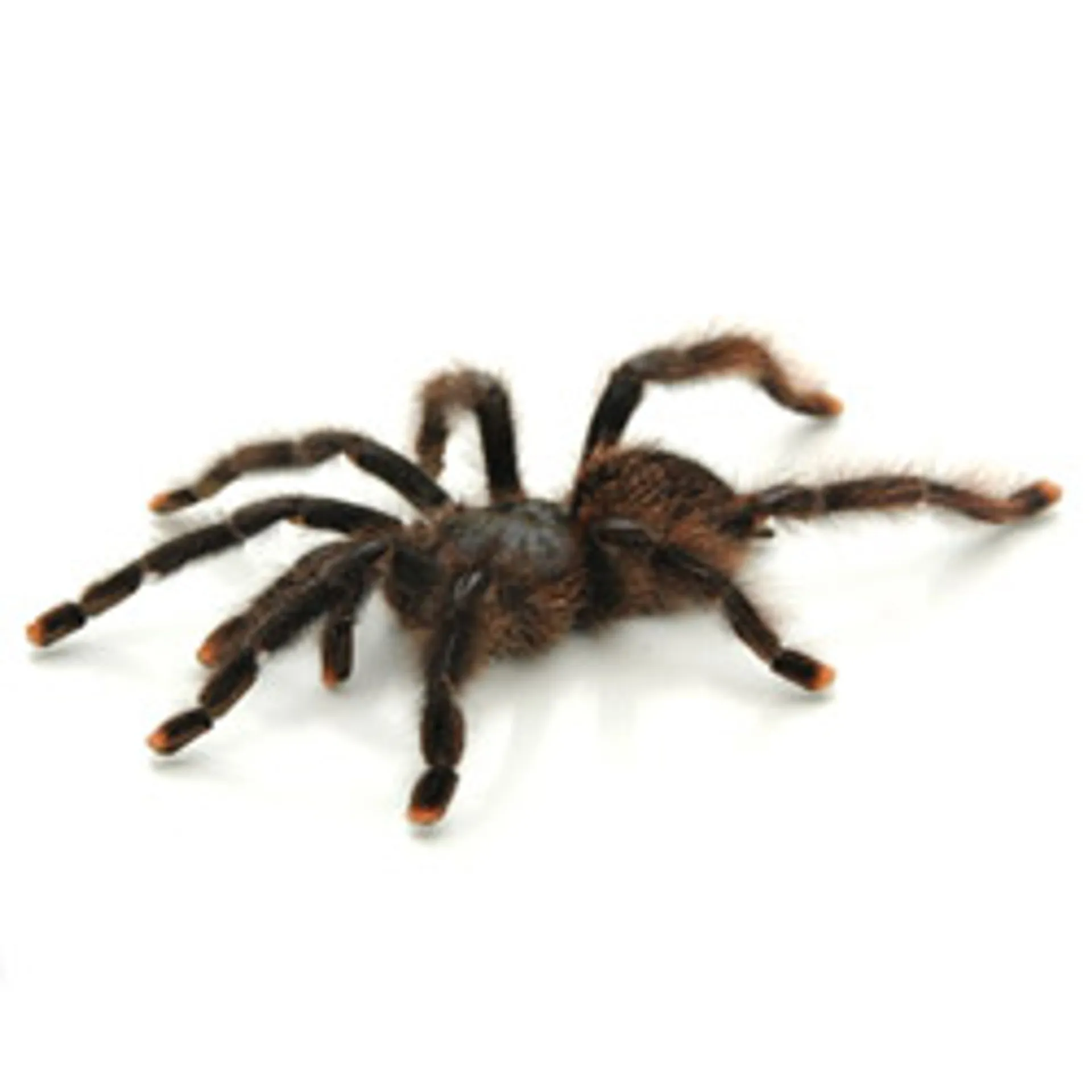
Provide a shallow water dish within the enclosure. The water dish should be easily accessible to the tarantula but shallow enough to prevent drowning. Use a small, stable dish to avoid tipping. Regular cleaning of the water dish is essential to prevent the growth of bacteria and algae. Replace the water every 1-2 days with fresh, dechlorinated water. Make sure that the water dish is always available for drinking. Choose a water dish that is safe and easy to clean.
Misting Techniques for Hydration
In addition to a water dish, misting the enclosure helps to maintain humidity and provide a source of water. Mist the enclosure 2-3 times a week with dechlorinated water. Focus misting on one side of the enclosure to create a moisture gradient. This allows the tarantula to choose its preferred humidity level. Avoid over-misting, as excessive moisture can lead to mold growth. Ensure adequate ventilation to prevent this. Monitor the enclosure regularly for the correct humidity levels and adjust misting accordingly.
Handling and Interaction
Pink Toe Tarantulas are generally not known for being aggressive, which can make them a good choice for those new to tarantula keeping. However, proper handling techniques and understanding the tarantula’s behavior are crucial for ensuring both your safety and the tarantula’s well-being. Responsible handling can minimize the risk of bites and ensure the tarantula remains stress-free. Observe the tarantula’s behaviors and signals, so you know when it’s best to leave them alone.
When to Handle Your Tarantula
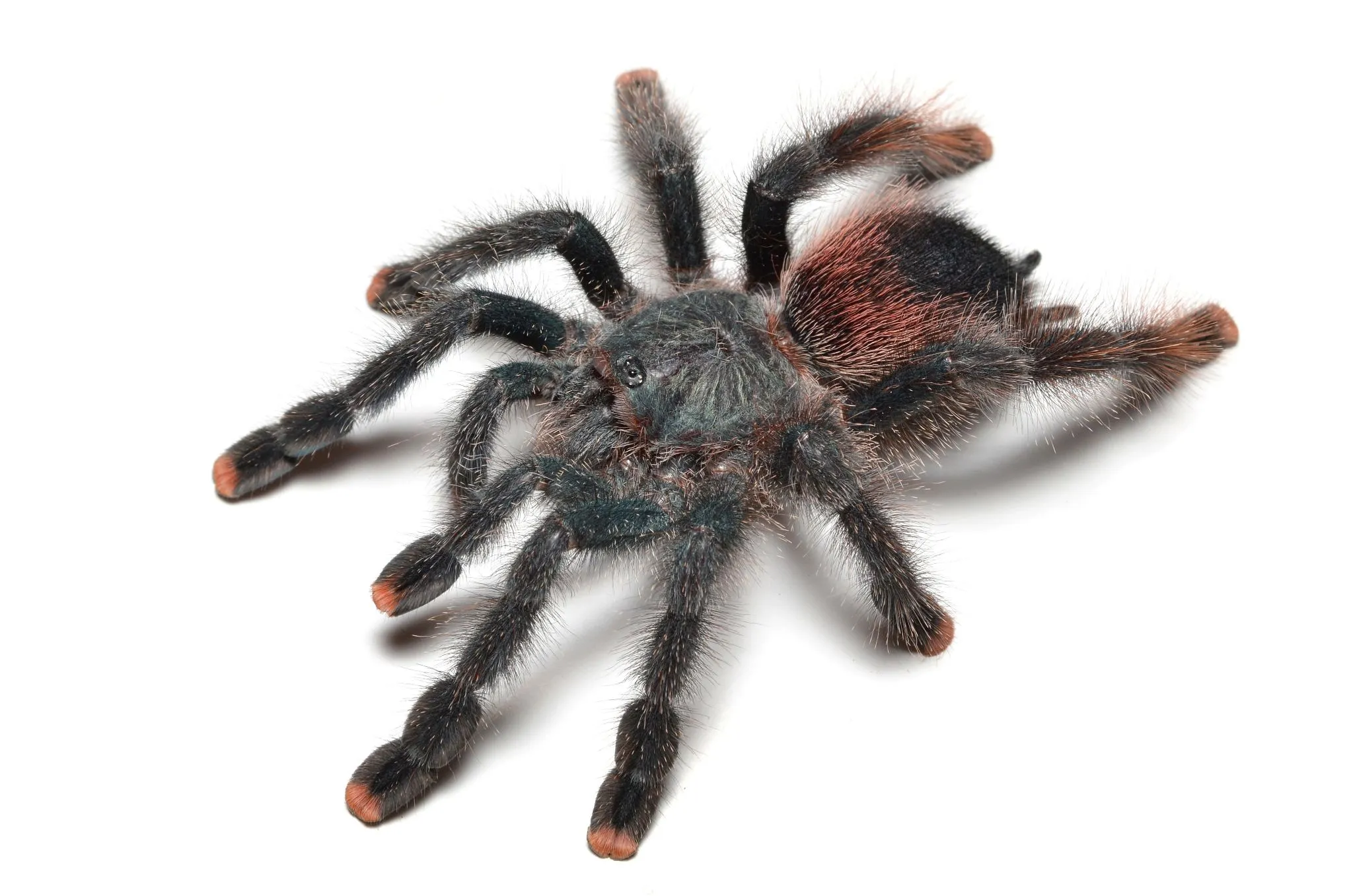
Handle your Pink Toe Tarantula only when necessary, such as for enclosure maintenance or health checks. Avoid handling during molting, as the tarantula is particularly vulnerable during this time. Observe the tarantula’s behavior and avoid handling if it appears stressed or agitated. Young tarantulas and those new to their enclosure should be given time to settle in before handling. Frequent handling can cause stress to the tarantula. Handle with caution and respect the tarantula’s space.
Proper Handling Techniques
If you need to handle your tarantula, do so close to the ground or over a soft surface to minimize the risk of injury if it falls. Use a soft paintbrush to gently coax the tarantula onto your hand. Avoid sudden movements that could startle the tarantula. Allow the tarantula to walk onto your hand instead of picking it up. Handle the tarantula slowly and carefully, supporting its body. Never squeeze or grab the tarantula; this can cause injury. Wash your hands thoroughly before and after handling to minimize contamination.
Health and Common Issues
Like any pet, Pink Toe Tarantulas can experience health issues. Recognizing the signs of illness and knowing how to address common problems is essential for providing proper care. Being proactive about your tarantula’s health can help you keep it healthy and happy. Regular monitoring and preventative care play an important role in maintaining a healthy tarantula. Observe your tarantula closely and seek professional advice when necessary.
Recognizing Signs of Illness
Look for signs of illness, such as lethargy, loss of appetite, unusual posture, or changes in color. Check for parasites, such as mites, by inspecting the tarantula and its enclosure. Any unusual behavior is a cause for concern. Check for signs of injury, such as a damaged abdomen or missing legs. Contact a veterinarian or experienced tarantula keeper if you notice anything unusual. Early detection can improve the chances of successful treatment. A change in behavior or appearance indicates possible health issues.
Moulting Process and Care
Moulting is a natural process where tarantulas shed their exoskeleton to grow. Before molting, the tarantula may stop eating and appear lethargic. It may also create a web mat on the substrate. During molting, do not disturb the tarantula. Ensure the humidity is correct. After molting, the tarantula’s new exoskeleton will be soft. Wait a few days for the exoskeleton to harden before feeding. Do not handle the tarantula during or immediately after molting. Be patient; molting can take a while, and patience is essential.
Breeding and Reproduction
Breeding Pink Toe Tarantulas requires careful planning and understanding. It is an advanced aspect of tarantula care, and it is not recommended for beginners. Success depends on the correct environmental conditions and care. Proper care will maximize the potential for successful breeding, and it is a rewarding experience. Understanding the process will help you make responsible decisions about breeding. Ensure you are prepared before attempting to breed your tarantulas.
Sexing Your Pink Toe Tarantula
Sexing a Pink Toe Tarantula can be done by examining the underside of the abdomen for a spermatheca (females) or by looking at the pedipalps (males). Males have modified pedipalps that resemble boxing gloves. These modifications are used for mating. Females have a storage area for sperm. Accurate sexing helps you determine if you have a pair and can proceed with breeding. Sexing is best done during the moulting process or with magnification equipment.
Breeding Considerations
Breeding Pink Toe Tarantulas requires mature and healthy adults. Ensure both the male and female have been well fed. Introduce the male to the female’s enclosure. Be prepared to separate them after mating to prevent cannibalism. The female will lay an egg sac and will guard it until the spiderlings hatch. Prepare for the care of many spiderlings after hatching. Consider the ethics of breeding and be prepared to care for a large number of offspring. Breeding Pink Toe Tarantulas is a complex process and is for the experienced keepers.
Conclusion
Caring for a Pink Toe Tarantula can be a rewarding experience. By following this guide, you can provide a safe and enriching environment for your pet. Remember that consistency, observation, and a willingness to learn are key to success. Always research and learn as much as possible about these fascinating creatures. Enjoy the unique experience of keeping a Pink Toe Tarantula, and watch your pet flourish.
